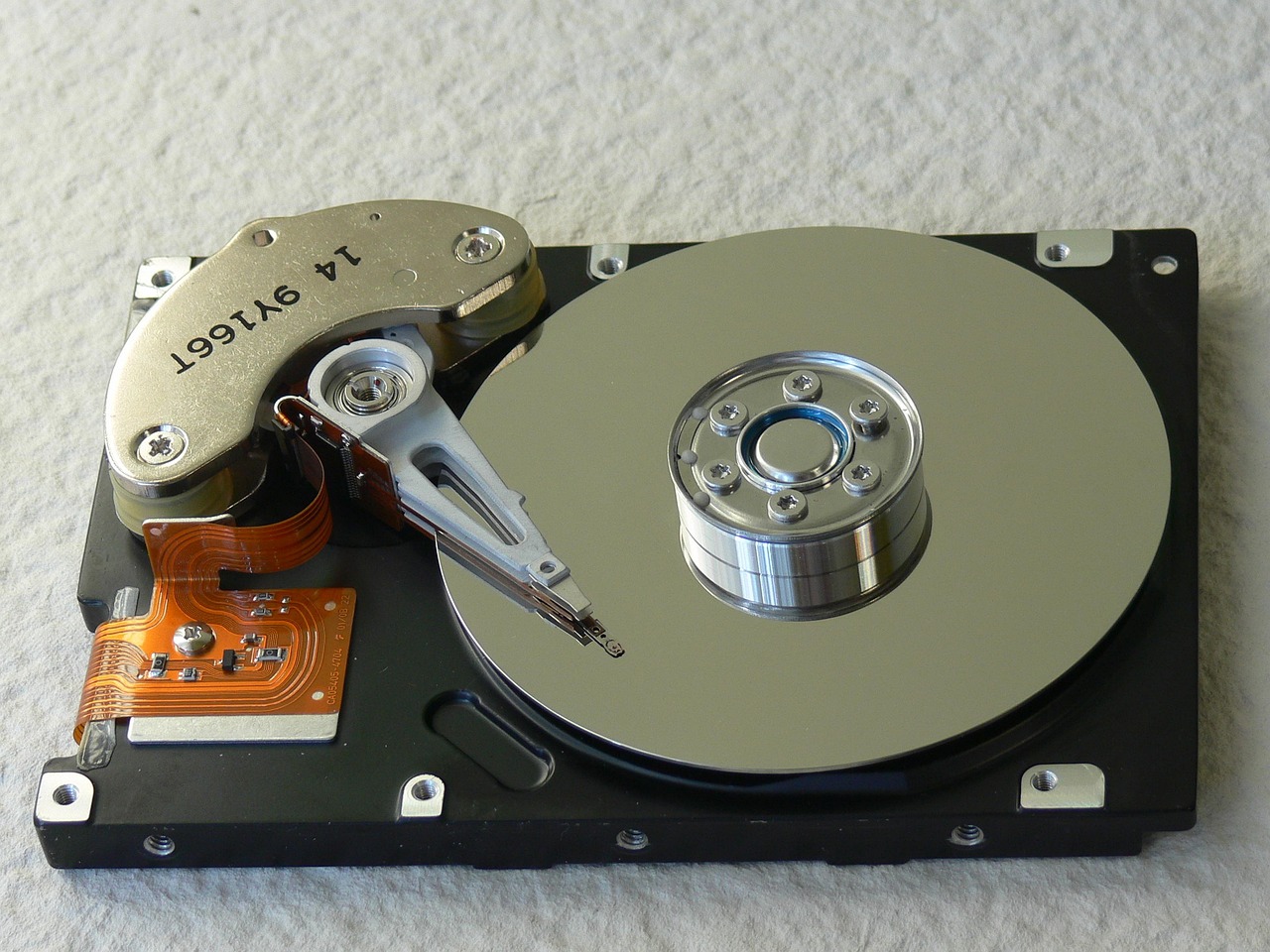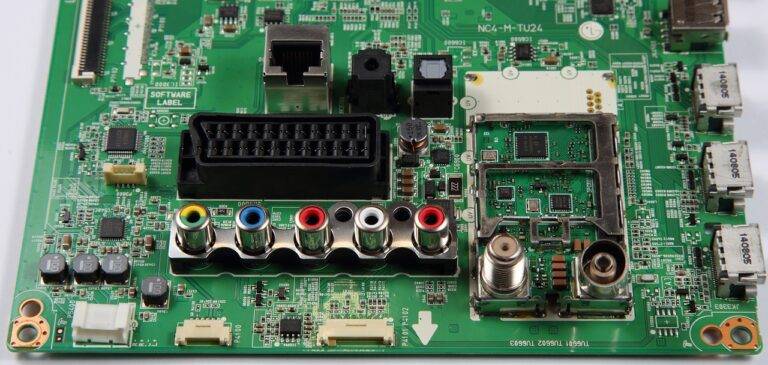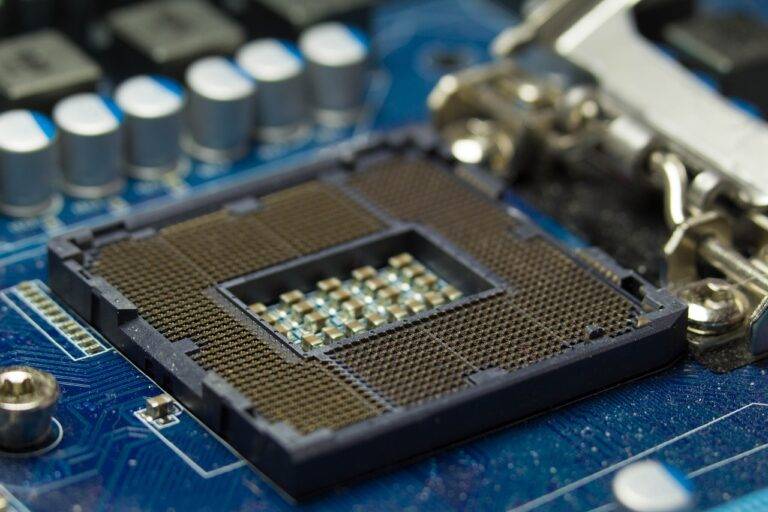The Rise of Drone Technology: Applications and Challenges
Drone technology has revolutionized the way farmers approach crop management and monitoring. These unmanned aerial vehicles provide a bird’s-eye view of the fields, allowing farmers to detect crop diseases, irrigation issues, and nutrient deficiencies early on. By collecting high-resolution images and data, drones help farmers make informed decisions to optimize crop yields and reduce wastage, ultimately increasing productivity and profitability in the agricultural sector.
Furthermore, drones equipped with specialized sensors can assess plant health by measuring indicators such as chlorophyll levels and water stress. This real-time information enables farmers to swiftly address any issues and apply targeted treatments, resulting in healthier crops and improved overall harvest quality. The precision and efficiency of drone technology in agriculture not only benefit farmers by enhancing their decision-making process but also contribute to sustainable farming practices by reducing the reliance on traditional methods of crop monitoring.
Challenges of Implementing Drones in Urban Environments
Implementing drones in urban environments presents unique challenges due to the dense population and complex infrastructure. One of the primary concerns is the safety and privacy of residents living in close proximity to drone operations. The risk of collisions with buildings, vehicles, or pedestrians is higher in urban areas, necessitating strict regulations and effective monitoring systems to prevent accidents and address public apprehensions. Furthermore, the issue of privacy infringement arises as drones equipped with cameras can inadvertently capture sensitive information or invade individuals’ personal space.
Another obstacle to deploying drones in urban settings is the intricate airspace management required to navigate the crowded skies. Coordinating drone flights with existing air traffic control systems and regulating the altitude and flight paths of drones to avoid conflicts with commercial aircraft pose significant logistical challenges. Ensuring seamless integration of drones into urban airspace without disrupting regular air traffic operations demands sophisticated communication protocols and real-time data exchange mechanisms. Additionally, addressing concerns related to noise pollution generated by drone propellers in densely populated areas is crucial to mitigate disturbances and ensure compliance with noise regulations.
Impact of Drones on Wildlife Conservation Efforts
Drones have revolutionized the way wildlife conservation efforts are conducted. These unmanned aerial vehicles provide researchers and conservationists with a bird’s eye view of wildlife habitats, enabling them to monitor and protect endangered species more effectively. With the ability to survey large areas quickly and access hard-to-reach locations, drones have become invaluable tools in the fight against poaching and habitat destruction.
Moreover, drones have significantly reduced the risk to human researchers in the field, especially in remote or dangerous environments. By using drones to collect data on wildlife populations and monitor their behavior, conservationists can make more informed decisions and implement targeted conservation strategies. With advancements in drone technology, such as thermal imaging and GPS tracking, conservation efforts are becoming more efficient and adaptive to the needs of wildlife species around the world.
• Drones provide researchers with a bird’s eye view of wildlife habitats
• Enables monitoring and protection of endangered species more effectively
• Survey large areas quickly and access hard-to-reach locations
• Invaluable tools in the fight against poaching and habitat destruction
Furthermore, drones have allowed for more accurate data collection on wildlife populations without disturbing their natural behavior. This non-invasive approach to studying animals has provided researchers with valuable insights into animal behavior, migration patterns, and population dynamics. By using drones equipped with cameras and sensors, conservationists can gather detailed information without causing stress or harm to the animals being studied.
• Non-invasive data collection on wildlife populations
• Provides valuable insights into animal behavior, migration patterns, and population dynamics
• Equipped with cameras and sensors for detailed information gathering
• Minimizes stress or harm to the animals being studied
Overall, the use of drones in wildlife conservation efforts has proven to be a game-changer in the field. From tracking endangered species to monitoring illegal activities such as poaching, drones have enhanced our ability to protect vulnerable ecosystems around the world. As technology continues to advance, we can expect even greater innovations in drone technology that will further improve our understanding of wildlife species and help us develop effective conservation strategies for their long-term survival.
• Game-changer in tracking endangered species and monitoring illegal activities like poaching
• Enhances ability to protect vulnerable ecosystems worldwide
• Expect further advancements in drone technology for improved understanding of wildlife species
• Aiding development of effective conservation strategies
How are drones being used in wildlife conservation efforts?
Drones are being used to monitor wildlife populations, track animal movements, survey habitats, detect poaching activities, and assess the health of ecosystems.
What are some benefits of using drones in wildlife conservation?
Some benefits of using drones in wildlife conservation include reducing the risks to human researchers, covering large areas of land quickly and efficiently, gathering data without disturbing wildlife, and providing valuable information for conservation planning.
What are some challenges of implementing drones in urban environments for wildlife conservation?
Some challenges include navigating through complex urban landscapes, avoiding obstacles like buildings and power lines, dealing with noise and privacy concerns, and ensuring the safety of both wildlife and humans.
How do drones help in monitoring endangered species?
Drones help in monitoring endangered species by providing aerial surveys of their habitats, locating individuals for tracking and monitoring purposes, and identifying threats such as poaching or habitat destruction.
Are there any regulations in place for using drones in wildlife conservation efforts?
Yes, there are regulations in place that govern the use of drones in wildlife conservation, including restrictions on flying in certain areas, obtaining permits for research purposes, and following ethical guidelines to ensure the safety and well-being of wildlife.





